Physios play a key role in Defence Medical Services, ensuring that military personnel remain healthy, strong and fighting fit.
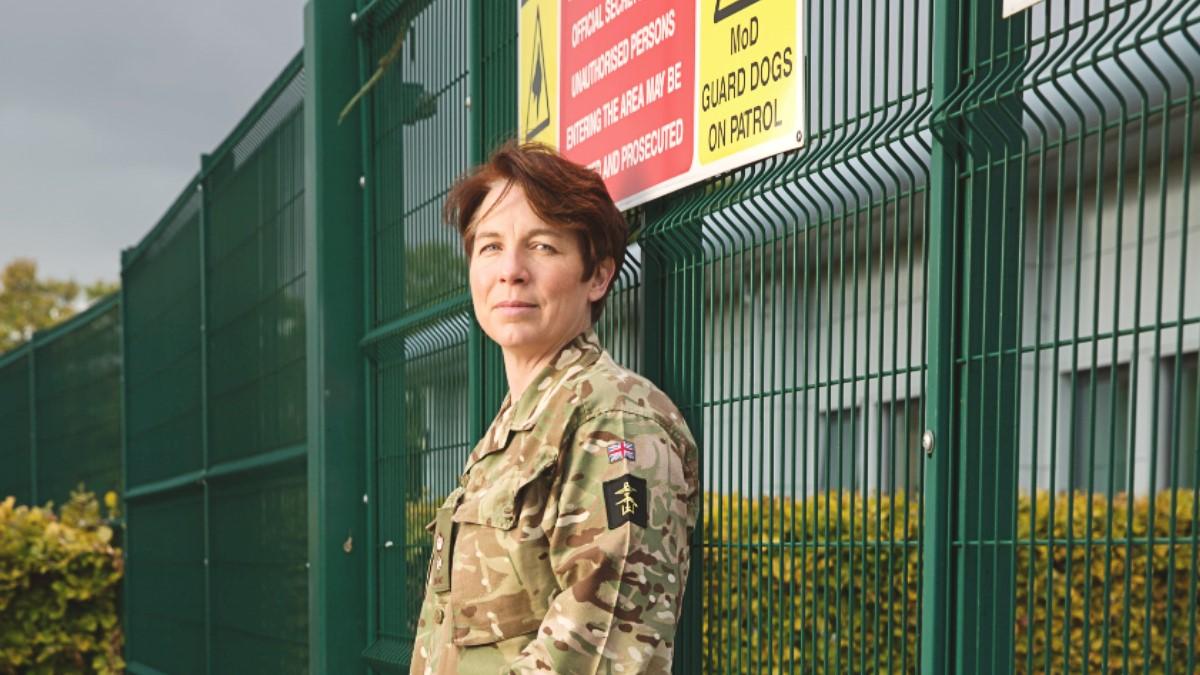
In 1997, Lieutenant Colonel Sue Pope was commissioned into the Royal Army Medical Corps as a Physiotherapy Officer.
‘Since then I’ve enjoyed a wide variety of roles and locations, predominantly in my capacity as an MSK clinician, alongside leadership positions in multiple operational environments.’
She now has responsibility for leading the Army Physiotherapy cohort. As Head of Physiotherapy for the Army and SO1 [Staff Officer Grade 1] for Rehab Plans, Sue has a leading role within Defence Rehabilitation and is based at the Defence Primary Healthcare (DPHC) headquarters in Lichfield, Staffordshire.
Defence Rehab has a multidisciplinary team at the centre of its delivery model.
‘It’s the team ethos within Defence that I love – physios are integral in the MDT but work alongside exercise rehab instructors (ERIs), podiatrists, doctors and in some cases OTs and other health professionals, all trying to improve the delivery of rehabilitation to injured service personnel,’ she explains.
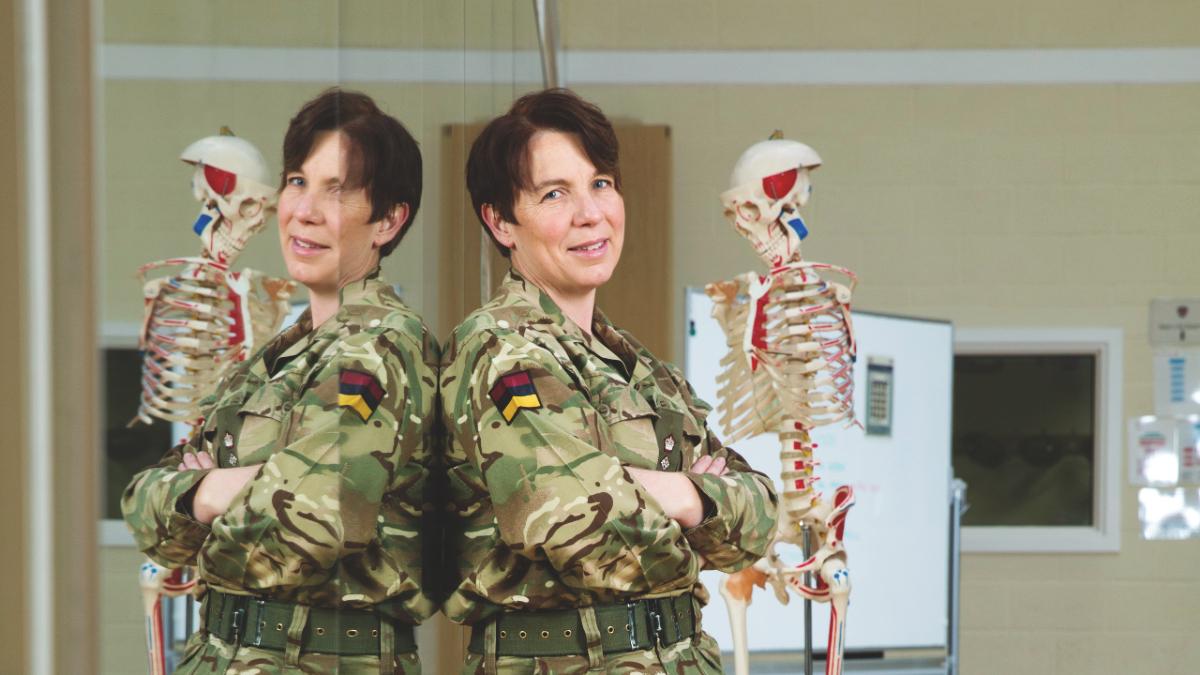
The DPHC provides primary healthcare – including dentistry, rehabilitation and mental healthcare – to military service personnel and, where appropriate, their dependants.
As part of this, Sue leads a cohort of approximately 130 Regular and Reservist Physio Officers who provide support to military personnel on active service, both at home and abroad.
50% of all medical discharges are due to muscoluskeletal injuries
‘Together they do an amazing job of promoting the value of physiotherapy in injury prevention, early intervention and encouraging a holistic patient-centred approach to optimise recovery from injury,’ she says.
In total, the DPHC employs around 300 physiotherapists, who all work as part of a wider multidisciplinary team, either as military physios (working within the three Defence services) or as civilian physiotherapists, who provide support to Ministry of Defence (MoD) personnel.
Through a layered system of capability, we actively aim to return injured service personnel to the highest possible level of function and operational fitness levels as quickly as possible.
‘And physiotherapy plays a huge role in this, as MSK injuries are the single highest reason for personnel being unfit to deploy or even discharged.’
In fact, approximately 50 per cent of all medical discharges from the Armed Forces are due to musculoskeletal injuries (MSKI).
‘And, predictably, in the army the main injuries tend to be lower limb and back related,’ Sue says.
As a result, reducing the incidence of MSKI among military personnel is now the focus of several research projects, and Sue and her colleagues are currently conducting a Health Needs Assessment that aims to provide a better understanding of the skills and training military physiotherapists will require in the future.
Treatment, rehab and prevention
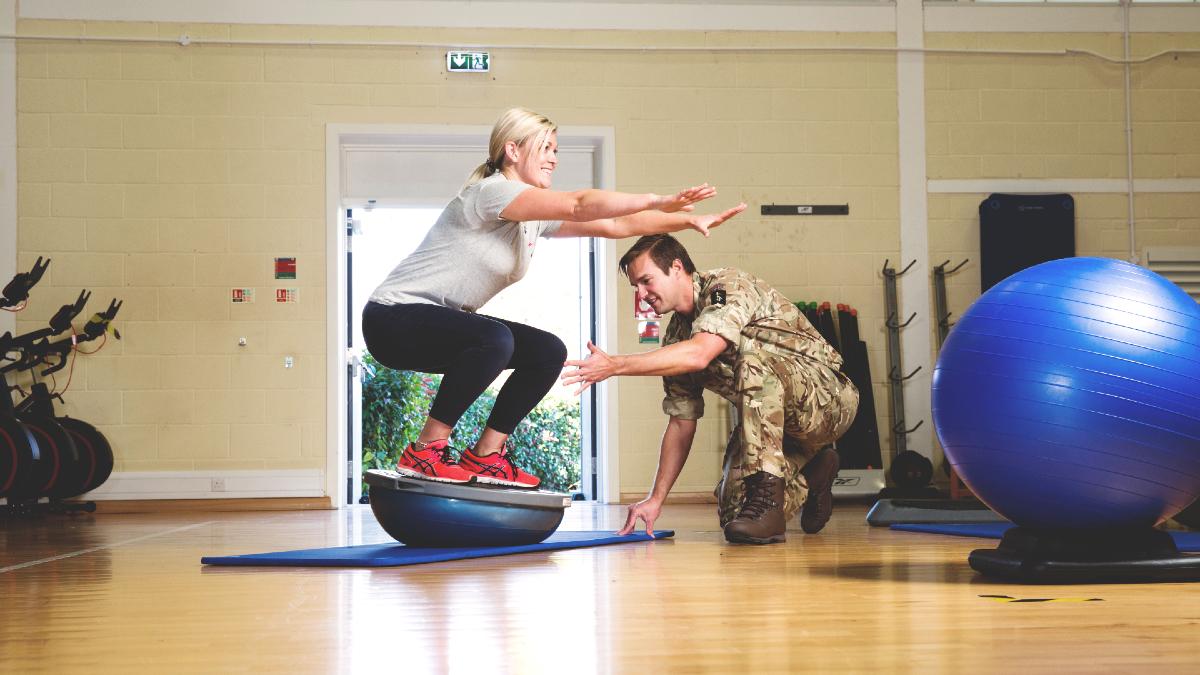
Military physios typically work on base clinics, both in the UK and overseas. However, in certain situations, they may be deployed elsewhere to support troops. But, wherever they are based, the pathway of care for military personnel who require physiotherapy operates primarily on a self-referral/FCP basis.
‘We have had Direct Access Physiotherapy for a number of years and this is now the norm,’ Sue explains.
The treatment provided by military physios occurs within a multidisciplinary context, and often has a significant exercise base.
We work alongside other professionals and can provide a mix of individual and group therapy in an outpatient or residential setting.
‘And because our focus is on getting our patients back to operational fitness we generally require a higher level of function from them.’
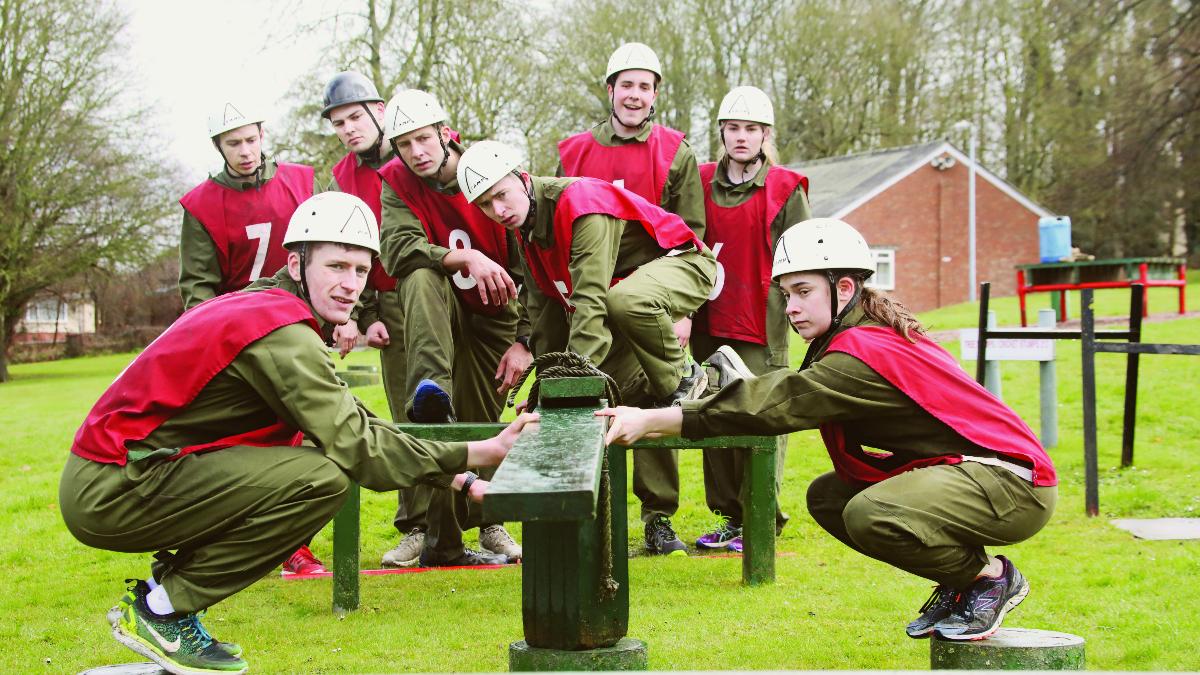
Due to the demographic of the personnel they treat, military physios tend to have patients who are generally younger, fitter and have fewer comorbidities than the general population.
But the military are well aware, nevertheless, of the importance of promoting preventative measures, to help ensure their workforce remains as fit and healthy as it possibly can.
Over the past few years, we have put considerable resource into focusing on the determinants of health and health education
‘For instance, all Army personnel are required to have an annual Body Composition Measurement (height, weight and waist circumference) and we have a Defence Weight Management programme, which aims to identify and address issues early on.
‘And we also educate all military personnel on nutrition, sleep, alcohol, smoking and physical activity.’
Aviation specific physiotherapy
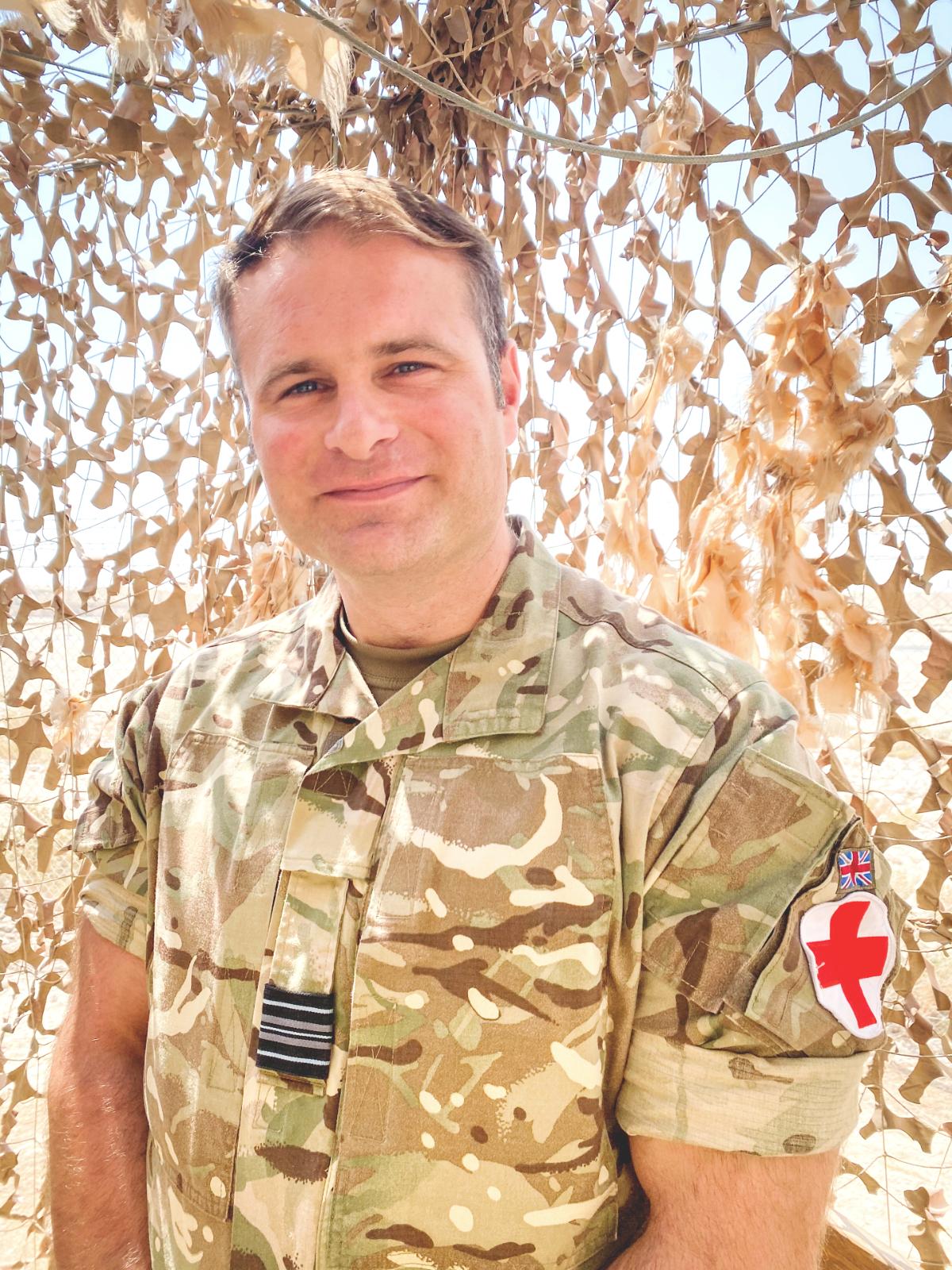
Squadron Leader Rich Sutherland has been in the military for almost 21 years, but he hasn’t always been a Physiotherapist Officer.
‘Initially I joined the Royal Marines at sweet16, straight from school,’ he says.
‘After successfully passing Commando training I very quickly found myself deploying on combat Operations in Afghanistan in support of Special Forces and then in Iraq during Gulf War 2.
‘It was a close relationship with injured military personnel that inspired me to study for a physiotherapy degree and then commission as a military physio, to help service personnel recover from both battle and non-battle injuries.’
Since becoming a military physiotherapist, Rich has worked at every tier of the Defence Medical Rehabilitation Pathway, and has also been deployed with Fast Jet Squadrons and Commando Forces.
Right now, he is working in a non-clinical role as the medical advisor to the Air Component Commander and has been deployed for six months on Military Operations in the Middle East.
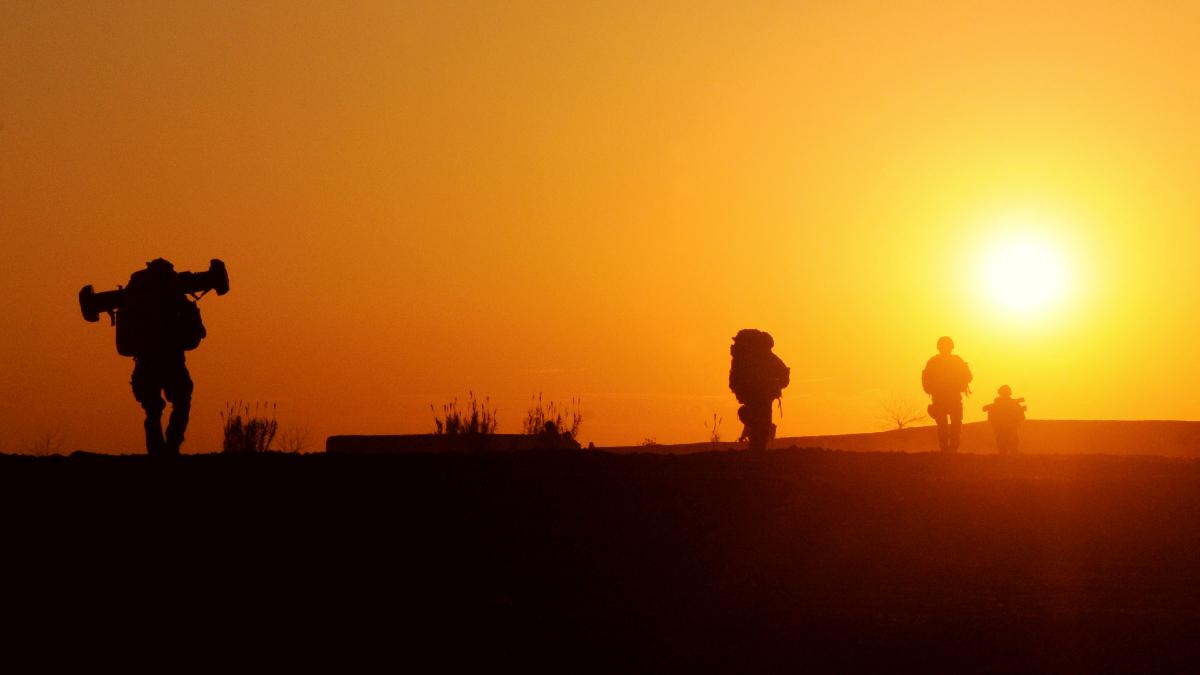
But on his return to the UK, Rich will be taking on a new role, as the newly appointed head of Royal Air Force Physiotherapy cadre.
It’s a position that will require him to promote the development of Aviation Medicine specific physiotherapy and rehabilitation across the services, and ensure the RAF has an ongoing supply of capable ‘air minded’ clinicians who can support global operations.
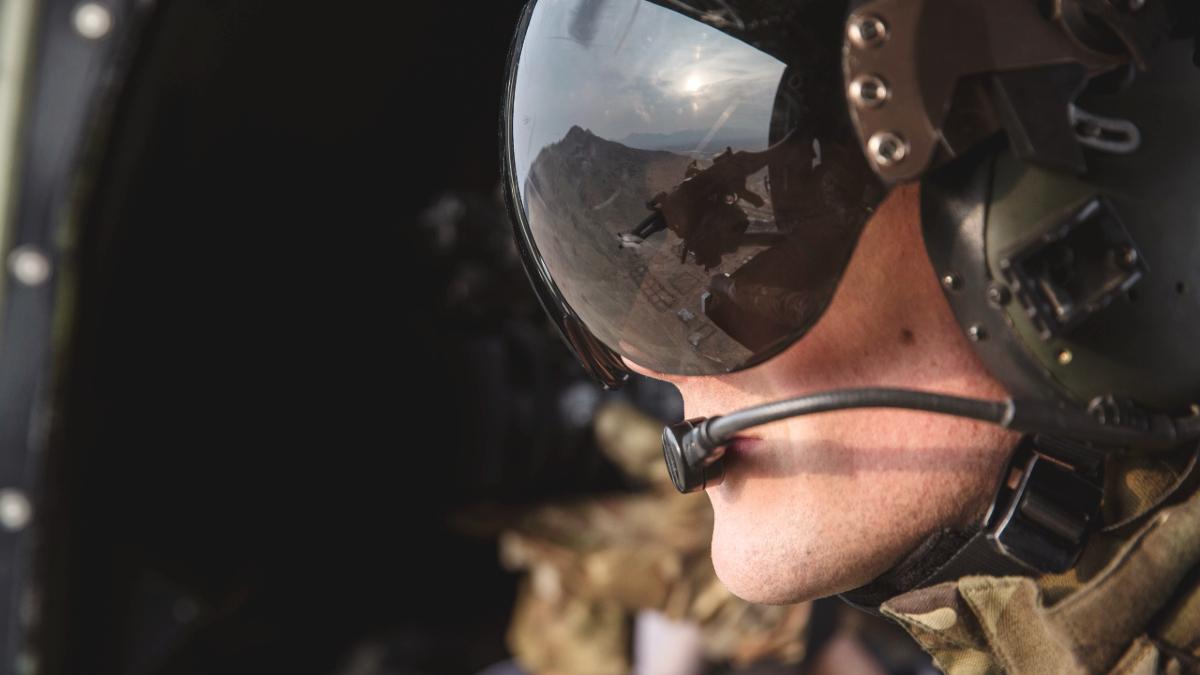
‘As military physios our main aim is to force-generate service personnel back to operational fitness ASAP,’ Rich says.
RAF physiotherapists are air minded clinicians and Aviation Medicine specialists that do an amazing job.
'They optimise injury prevention, provide early intervention and ensure a holistic patient-centred approach, which enhances recovery from injury in both aircrew and non-aircrew patients.’
As with the Army, Rich says the incidence of MSK injuries is also high among RAF personnel.
‘However, on an Operational Flying Station there can be an increase in upper quadrant injuries from flying related pain.’
Becoming a military physio
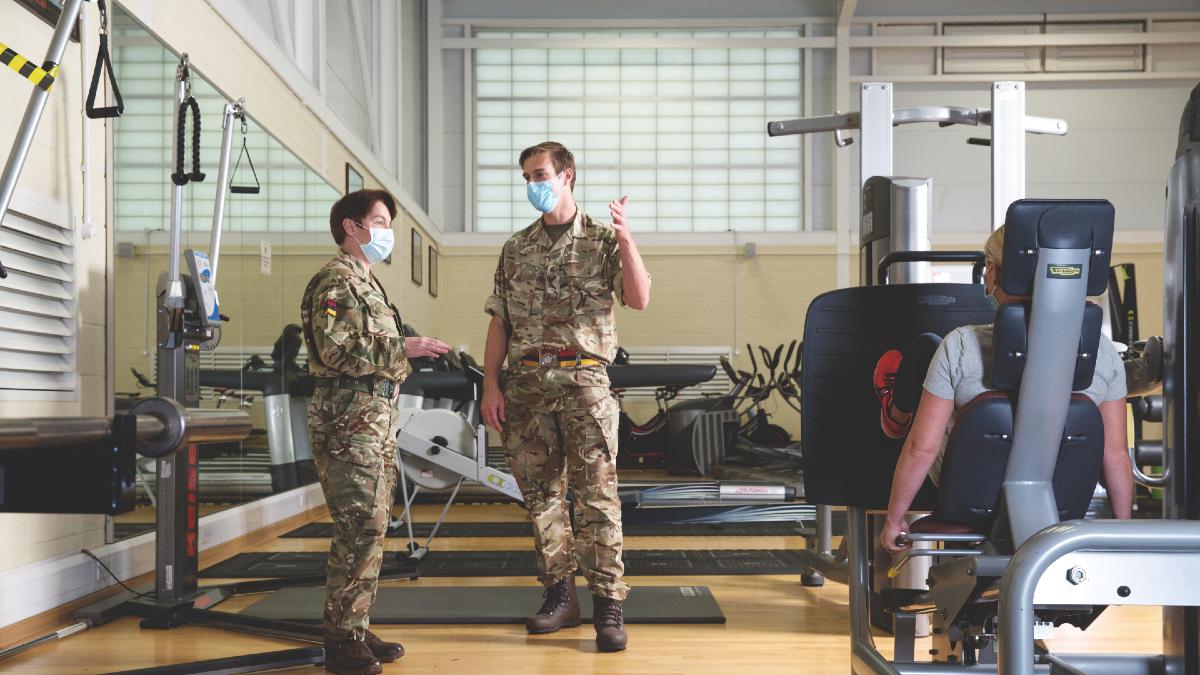
All military physiotherapists are required to pass officer selection. This process involves a combination of non-clinical physical and aptitude tests.
‘You need to be a qualified physiotherapist who is registered with the HCPC,’ Sue explains.
In the Army we can offer Band 5 rotations, so we will take newly qualified physiotherapists.
'But there are also certain generic requirements for all military officers, which are related to our security role - for instance, there are nationality restrictions.’
She adds that potential applicants for army physiotherapy posts are not required to possess a specific clinical background or expertise, but prior experience in certain fields could prove useful.
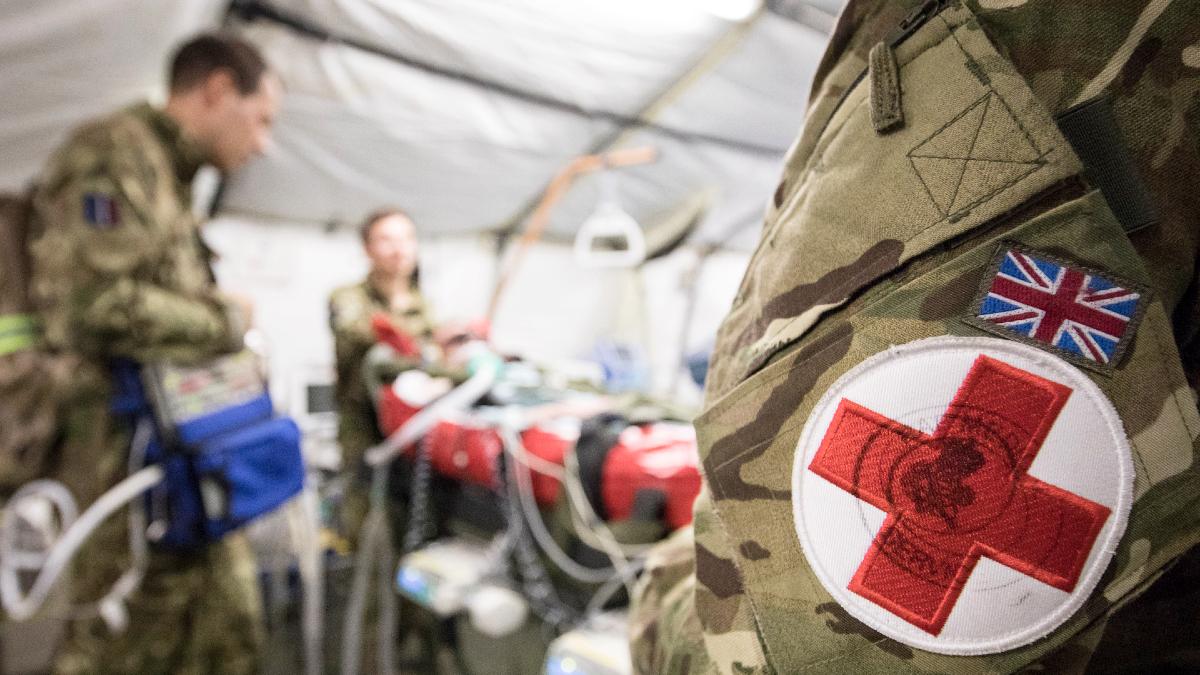
‘Military physios may have to work in both a hospital and primary care so a good base of Band 5 rotations including MSK, critical care and trauma/orthopaedics helps,’ she says.
‘But the Army can employ new or recently qualified physiotherapists, or fill in experience gaps for those who have not done rotations early in their career. And we post newly recruited officers according to their experience.’
And, although the army welcomes recent graduates and physios in the early stages of their career, Sue says it can also be a viable option for physios who are looking to switch careers at a later stage.
However, she warns that: ‘There is an upper age limit to joining so don’t leave it too late to switch.’
RAF requirements
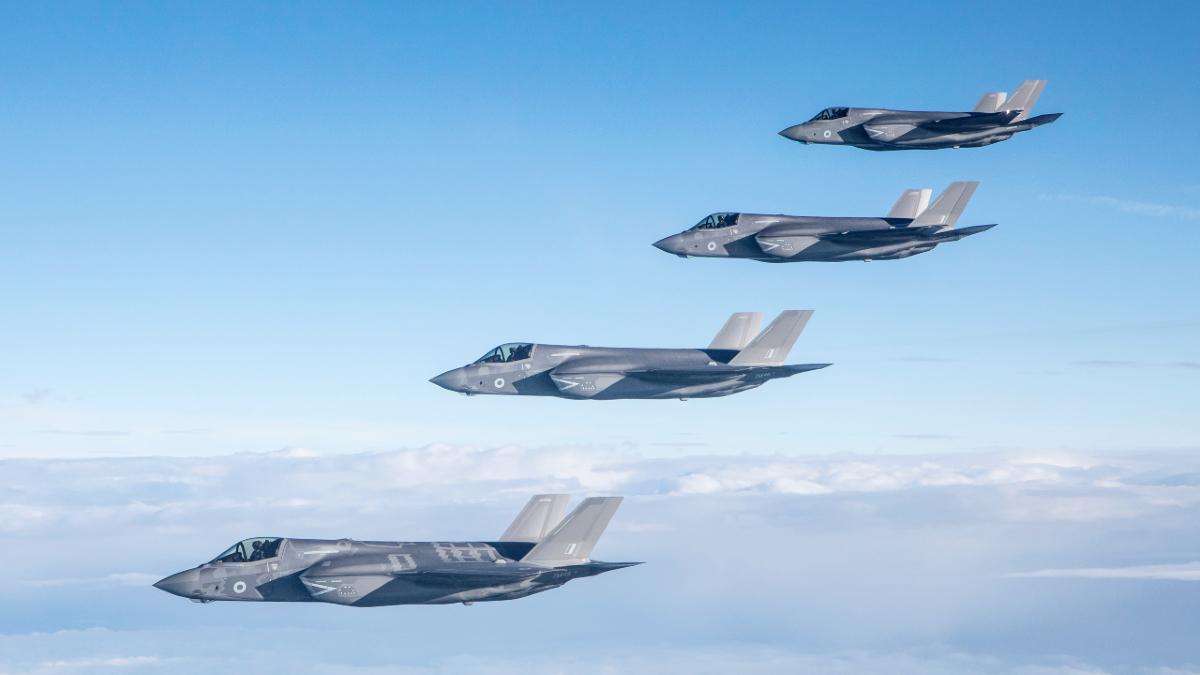
There are, however, different entry requirements for physiotherapists hoping to join the RAF.
‘The RAF is a smaller and specialist cadre that currently only recruits HCPC registered physiotherapists who have completed Band 5 rotations, including a respiratory placement,’ Rich says.
‘Plus you need a minimum of 12 months experience working in musculoskeletal outpatients. And the current upper age limit for applications to the RAF is 47.’
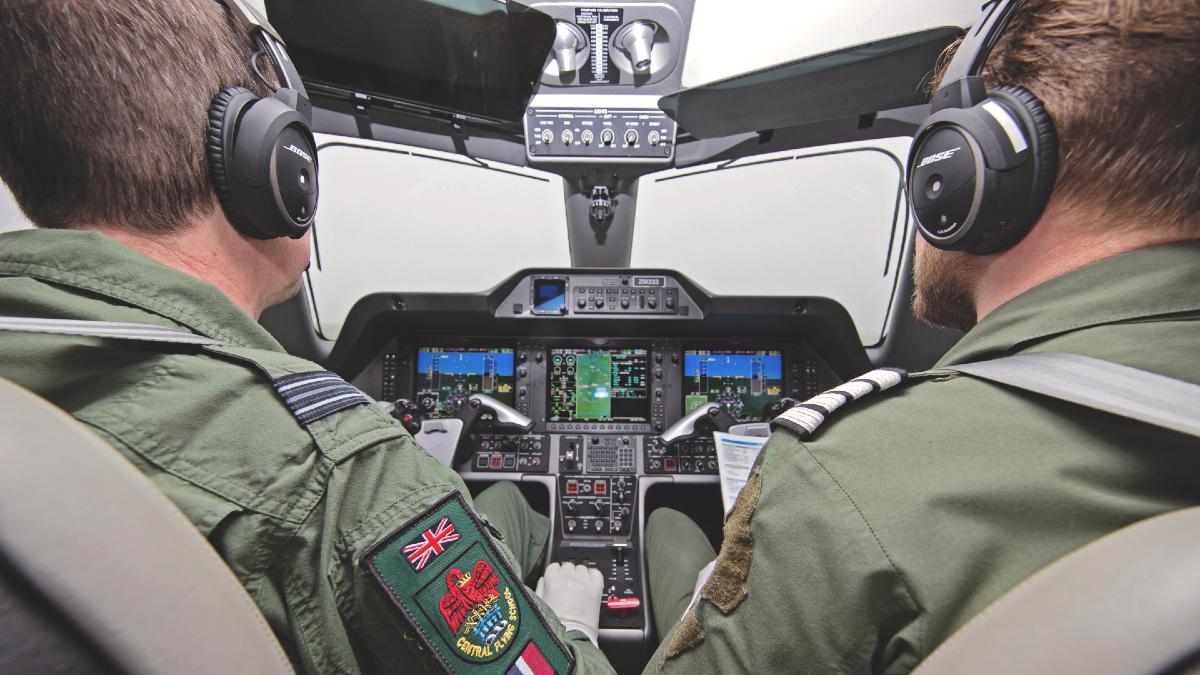
RAF candidates are also required to complete the 12/52 Specialist Officer Initial Training Course (SOITC) at RAF College Cranwell.
‘During this, Officer Cadets undergo physical training development, weapons training, field craft, military academic study, leadership training, drill and basic air warfare training,’ Rich says.
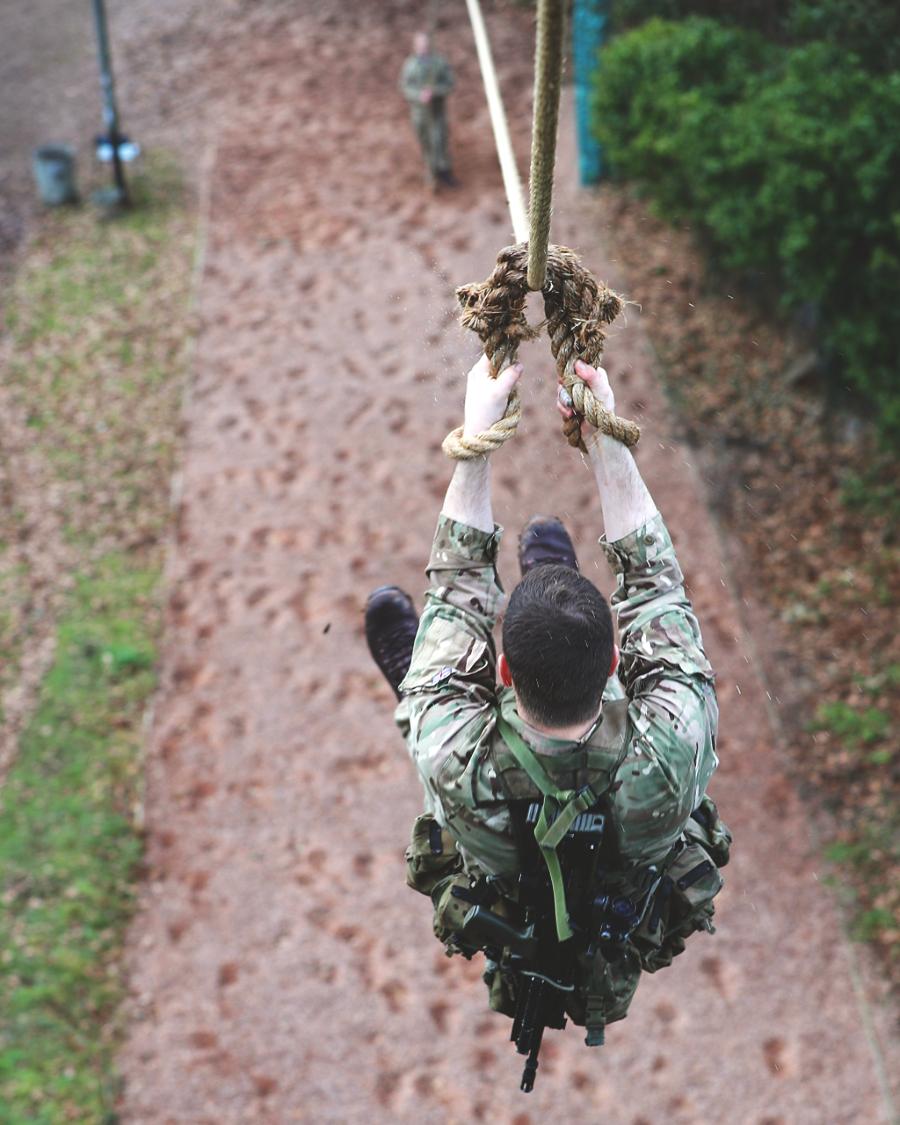
Following successful graduation, they are then required to complete a five-day Initial Medical, Dental and Nursing Officer Course at the Defence College of Healthcare Education in Lichfield.
Their training is then finalised by attending a two-week Aviation Medicine Course at RAF Henlow.
And, as with the Army, physios hoping to join the RAF must also complete initial aptitude tests and demonstrate a basic level of fitness.
Applicants who are unsuccessful at this non-clinical stage do not progress to the clinical selection process.
‘Competition is extremely tough with many more applicants than we require each year, but if you’re successful the career is very rewarding,’ Sue says.
- To find out more visit the Army MOD website here
Benefits and opportunities
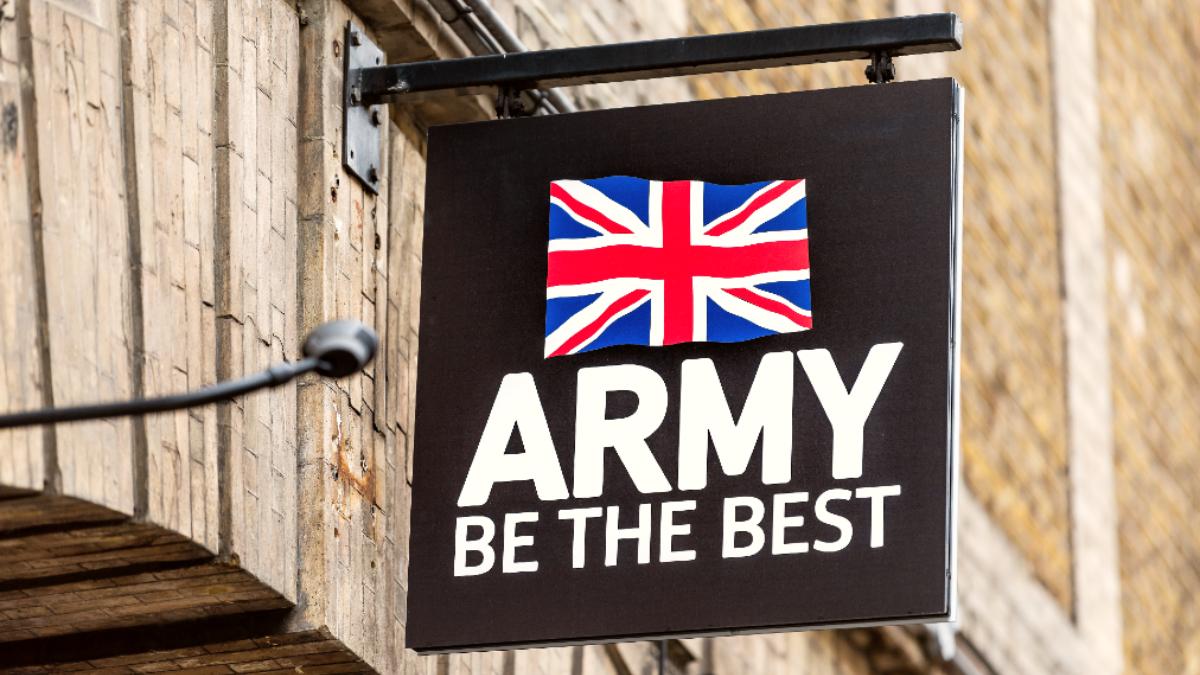
‘The pay is better as a Military Physio but the roles and responsibilities are greater,’ Sue says.
‘There are expectations to deploy and move on a regular basis and the “X-factor” makes up 14 per cent of military pay.’
Military and civilian physiotherapists are also able to apply for funding for a significant amount of training, including to MSc level if there is a requirement for their role.
‘There are also opportunities for overseas travel, and we have some great sports and exercise facilities available free of charge in most locations.
‘And civilian physiotherapists can generally benefit from flexible working arrangements.’
Flexible working is also available to military personnel but is subject to operational requirements.
Working for the MoD
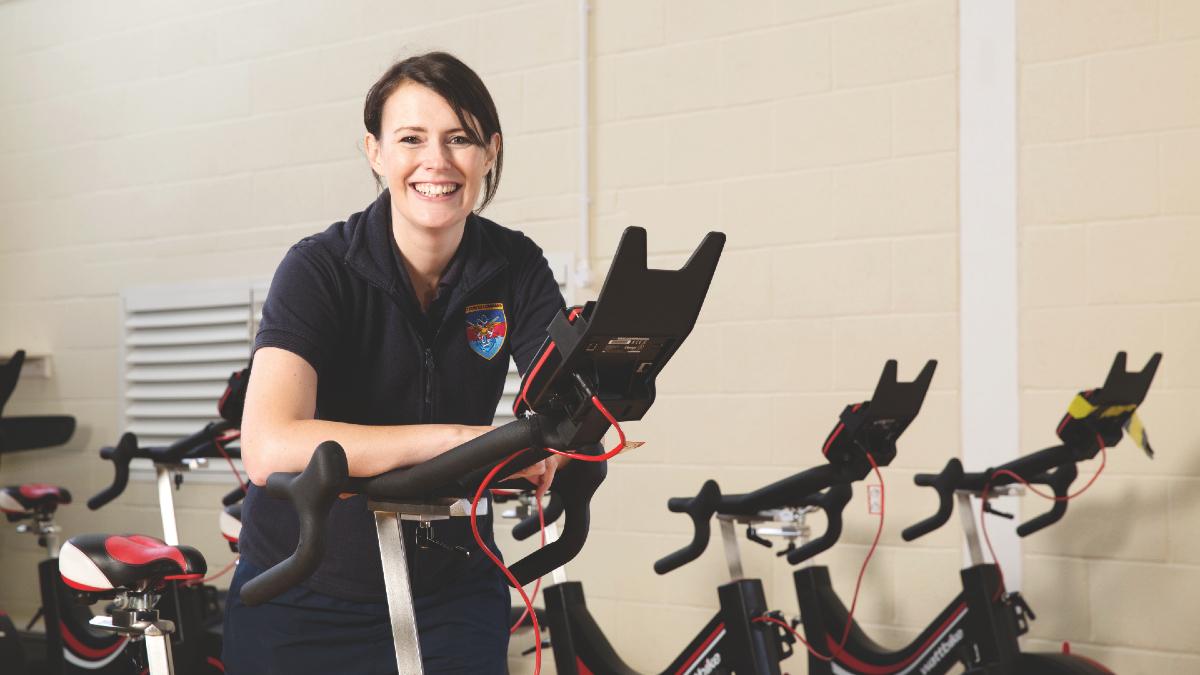
Jo Town is a Civilian Physiotherapist and the Defence Civilian Medical Advisor (DCMA), based at the Army Training Centre in Pirbright, Surrey.
The centre is responsible for delivering the 14-week training course known as the Common Military Syllabus, which is completed by all adult recruits when they join the British Army.
‘I work within a Primary Care Rehabilitation Facility alongside a team of physiotherapists and ERIs,’ she explains.
We work to enable injured recruits to remain in or return to training as soon as possible.
The team also oversee the care of permanent military personnel, ensuring that they are physically fit to carry out the provision of training.
As part of her DCMA role, Jo works on the development and implementation of future professional strategies to advance the employment of civilian healthcare professionals to work within the MoD.
She explains how the entry requirements for civilian physiotherapists differ from those for military physios:
‘There are currently no Band 5 positions in Defence Primary Healthcare and therefore we only recruit MoD civilian physiotherapists who can demonstrate they are competent to work at Band 6 level.’
However, unlike the entry route for military physios, the recruitment and selection process for civilian physios is comparable to the normal application process that most physiotherapists are familiar with.
‘We recruit through a CV sift and then a behaviours-based selection interview like the NHS.
Applicants are not required to undertake any physical tests, but they are security checked.
Speaking from her own journey and experience, Jo is keen to recommend the role of a Civilian Physiotherapist: ‘I’ve been working for the MoD for six years, and I initially started my career in the NHS completing all core rotations and then specialising in MSK.
‘I seized the opportunity to work for the MoD after a favourable recommendation from a friend – and I haven’t looked back.’
Reducing musculoskeletal injuries
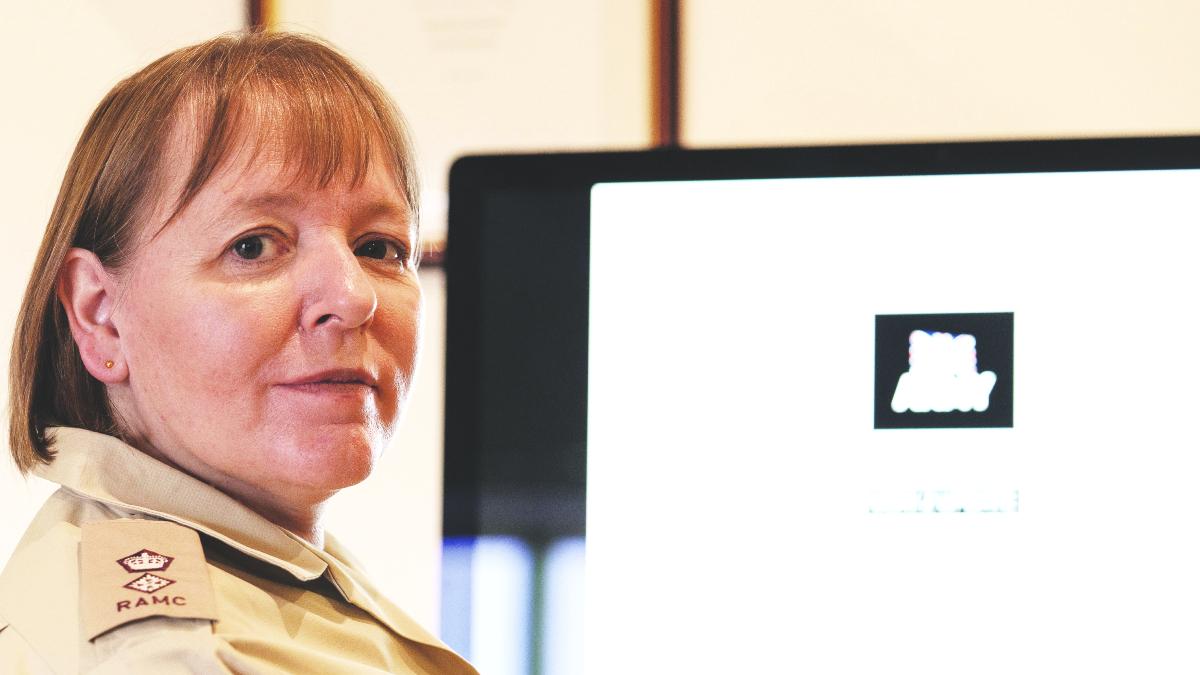
Lieutenant Colonel Sandra Williams is project lead for the military’s Musculoskeletal Injury 2 (MSKI 2) project, which is seeking to produce a strategy that will significantly reduce MSKI in the Army.
She has been in the Army for 25 years and is now the Senior Staff Officer (SO1) for Health Improvement for Army Health and Defence Specialist Advisor (DSA) for Rehabilitation.
I have worked my way up through various clinical and managerial roles on operations, in hospital-based physiotherapy and primary healthcare
Her role as the DSA for Rehabilitation sees her called upon as a subject matter expert to advise the Surgeon General on physiotherapy matters.
‘I get involved in governance and assurance visits, the development and reviewing of Defence-wide policy and advice on workforce development,’ she explains.
In addition to her other duties, Sandra is also the senior staff officer for Army Health and Wellbeing Policy, in charge of coordinating a small multidisciplinary team that produces and reviews health policy for the army’s senior health advisor and the Director of Personnel Army.
‘That calls on my broader clinical knowledge as I am responsible for liaising with clinical experts and translating their advice and research evidence into policy which can be understood by non-clinical personnel.’
Learn more
Due to Covid-19, Army Recruiting have been running some Q&A sessions via Zoom, details can be found on Twitter: @UKArmyOfficer
There are also a number of familiarisation visits, which run throughout the year.
‘We also have a healthy Reserves cadre and training for those still in university,’ Sue says.
‘The University Officer Training Corps (UOTC) or University Air Squadron (UAS) is a great experience – even if you don’t join you will still have a great time!’
- Follow @DMS_DefRehab @ArmyMedServices or @RAF_Recruitment for regular updates
Author: Robert Millett
Find out more by visiting:
Number of subscribers: 1




































